Check your city’s website to participate in their Earth Day clean-ups and activities. Some Bay Area events are listed here.
Since Saturday, April 22 is Earth Day, On the Bay wanted to share a reminder from the California Department of Fish and Wildlife (CDFW)’ s newsletter:
It’s a good time to remember what John Muir said so eloquently: “When we try to pick out anything by itself, we find it hitched to everything else in the universe.” That fact influences nearly everything the CDFW does to manage and protect the state’s native plants, invertebrates, fish, wildlife, and habitats.
Twenty million people in the U.S. participated in the first Earth Day in 1970, to increase public awareness of the damage humans were doing to the environment. People used the day to educate themselves and others about the relationship we have with the world’s natural resources. That year, California was one of the first states to enact statutes protecting rare and endangered animal species, and it remains a world leader in environmental protection. Now, Earth Day is celebrated every year by more than a billion people in 192 nations.
CDFW sees the effects of human behavior on wildlife and ecosystems every day. As the public steward for California’s wildlife and habitat, CDFW practices conservation and restoration statewide with considerable success. California tule elk (Cervus elaphus nannodes) provide a good example.
By 1870, very few individual tule elk were known to exist; they were closely related and on the verge of extinction. When the state legislature banned elk hunting in 1873, it was unclear if any even 
Eighty years ago people thought southern sea otters (Enhydra lutris nereis) were extinct. A small colony was discovered at Big Sur in 1938 and given legal protection. The combined efforts of local, state and federal governments, non-profit organizations and individuals have nurtured the population to around 3,000. That’s only a fraction of historic numbers, but a step in the right direction.
In 1994 CDFW’s Office of Spill Prevention and Response and UC Davis created the Oiled Wildlife Care Network (OWCN) to rescue, rehabilitate and release wildlife injured in oil spills. OWCN quickly became the world’s premier oiled wildlife rescue organization and pioneered research in the subject to develop the best achievable care using the best available technology. Since 1995, the OWCN has responded to more than 75 oil spills throughout California and has cared for nearly 8,000 oiled birds and mammals.
“Working in the oil spill response field for over 25 years, I have seen how our community quickly responds to a detrimental environmental incident,” CDFW Environmental Program Manager Randy Imai said. “So, I know we can all do this at a much smaller scale in our everyday lives. Every one of us can make a difference.”
Two charismatic birds that were once endangered have recovered well enough to be de-listed under the U.S. Endangered Species Act: the Peregrine falcon (Falco peregrinus anatum) and California brown pelican (Pelecanus occidentalis californicus). By 1969 both species’ breeding populations had plummeted, primarily because of organochlorine pesticides like DDT. The chemicals made the birds’ eggshells too thin and fragile to withstand the parents’ weight in the nest, so multiple generations were crushed during incubation. Recovery began when the state and federal governments and Canada banned the use of those pesticides. Reducing human disturbance of nesting and roosting sites aided the pelicans’ recovery, and a captive breeding program supported recovery of the falcon population. Along with landowners and other scientists, CDFW scientists’ research and monitoring provided the facts needed to list both species, make their recovery possible, and determine when it was time to de-list them. CDFW continues to work with many partners to monitor de-listed species to ensure their populations remain healthy.
You don’t have to be a scientist, wildlife officer or legislator to protect California’s wildlife and ecosystems. There are many things most anyone can do, including:
- Pick up litter. Wildlife often mistake trash for food and die from eating it, and wild birds can become entangled and die in abandoned fishing line.
- Don’t use rat poison. Let rodents’ natural predators – coyotes, foxes, bobcats, raptors (owls, hawks) and snakes – control their population. See our Rodenticides web page for details.
- Replace your lawn with native plants to help conserve water and our native pollinators. Locally native plants can thrive in both dry and wet years.
- Conserve water. Conservation is a way of life in California. Use as little water as possible to prevent shortages and assure sufficient water for food crops and for ecosystem protection.
- Reduce, reuse, recycle. Most California cities and counties have recycling programs for both residents and businesses. Visit CalRecycle Earth Day.
- Buy in bulk and use recyclable materials. Compost veggie scraps and yard clippings in gardens. Landfills destroy valuable wildlife habitat, so think about that each time you make a trip to your garbage containers. The cumulative impacts are enormous.
- Use biodegradable soaps. They pollute less than other soaps.
- Drive less. Plan your errands to reduce the number of car trips. Walk, bike, carpool or take public transit. Spare the Air! If you can, make your next car electric or hybrid to help slow climate change.
- Never dump oil, chemicals, or any other waste into a storm drain or gutter.
- Take children out for nature walks and teach them about the local plants and animals. They can’t be stewards of the future without understanding and caring for nature. We’re all in it together on this one planet Earth.
- Volunteer at nature centers, ecological reserves, or for a government-led program like the Natural Resources Volunteer Program. Volunteer at schools or recreation centers, and create nature and ecology programs.
- Go Birding! Share bird identification books and binoculars with others who may not have them. Visit California Audubon for information.
- Keep dogs on leashes in wild places, even on beaches. Don’t let dogs flush birds! Birds need undisturbed time to nest successfully, to forage, and then to rest, preen and conserve energy.
- Keep cats indoors. Cats kill millions of birds each year, not out of malice, but because they’re wired to kill and eat them. A clean litter box is not difficult to maintain. Just be sure to bag the waste in biodegradable material and dispose of it in your garbage can.
- Go Solar! Utilities offer rebates, and if you can afford a solar energy system, you’ll help reduce the rate of climate change. If you can’t, let the sun warm your home through windows on sunny days.
Conserve electricity, use natural light as much as possible, and turn off all lights when not in use. It takes natural resources to create energy and wildlife habitat is compromised or destroyed in the process. Energy production pollutes the air and produces greenhouse gases, contributing to the climate change problem and respiratory ailments. Use thermal drapes and energy-efficient windows to keep your home warm or cool as needed, and dress for the temperature, so you use the heat or air conditioner less. Use a clothes line outdoors or hang clothes to dry indoors. You’ll save money as well as energy! (CDFW newsletter)


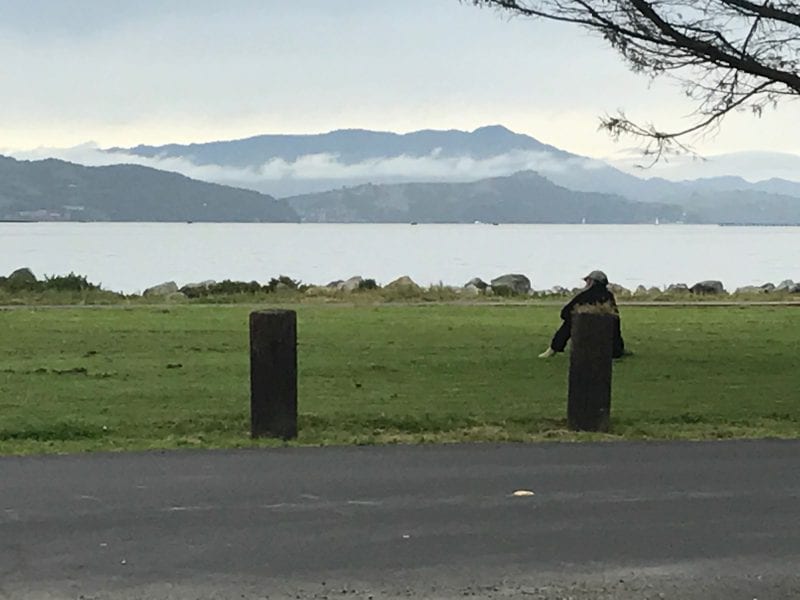


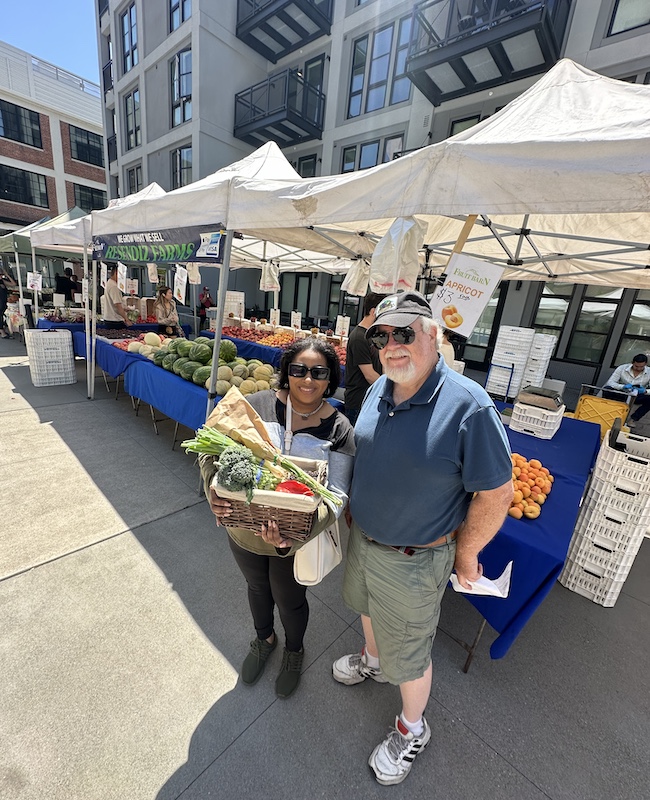
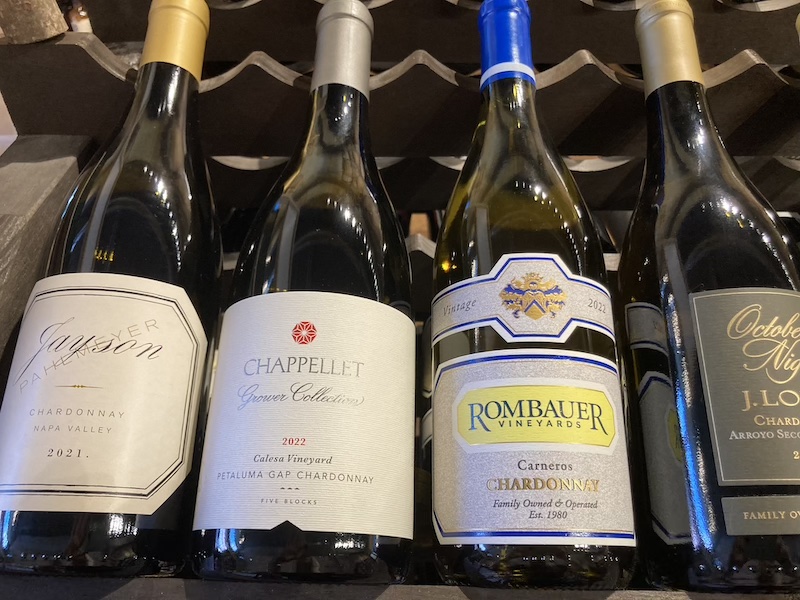




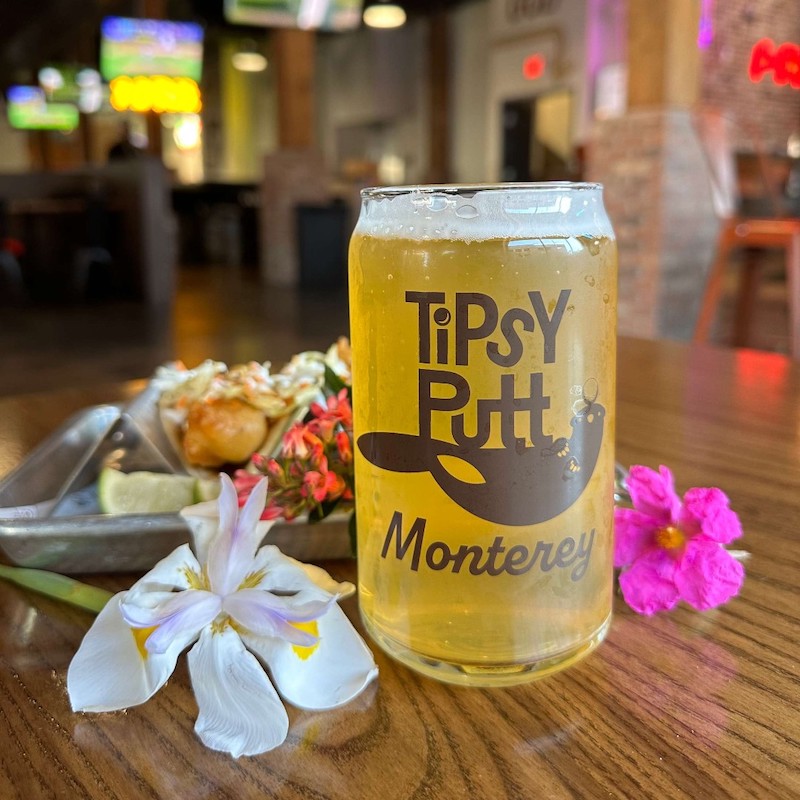




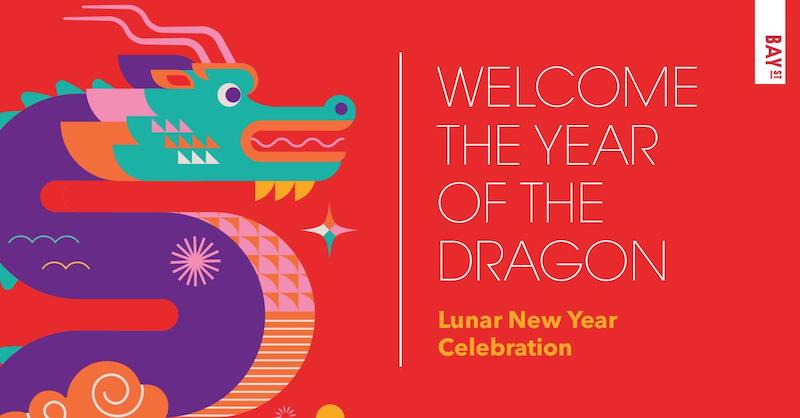
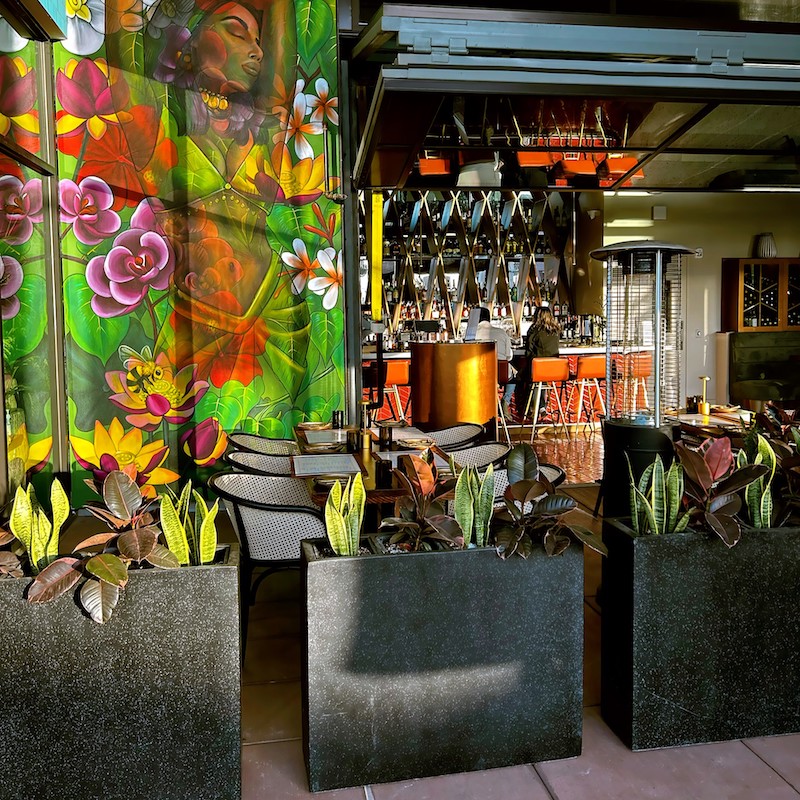
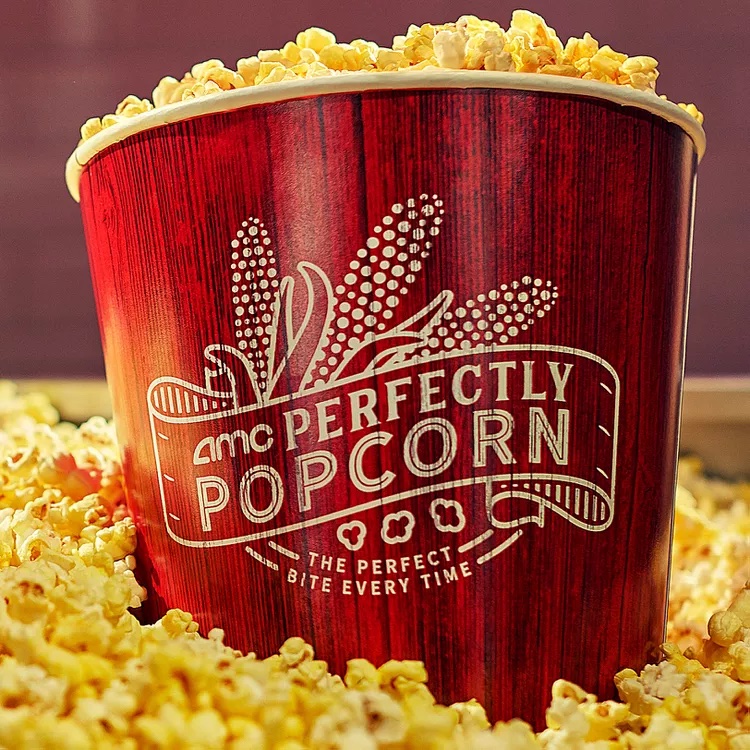




Leave A Comment